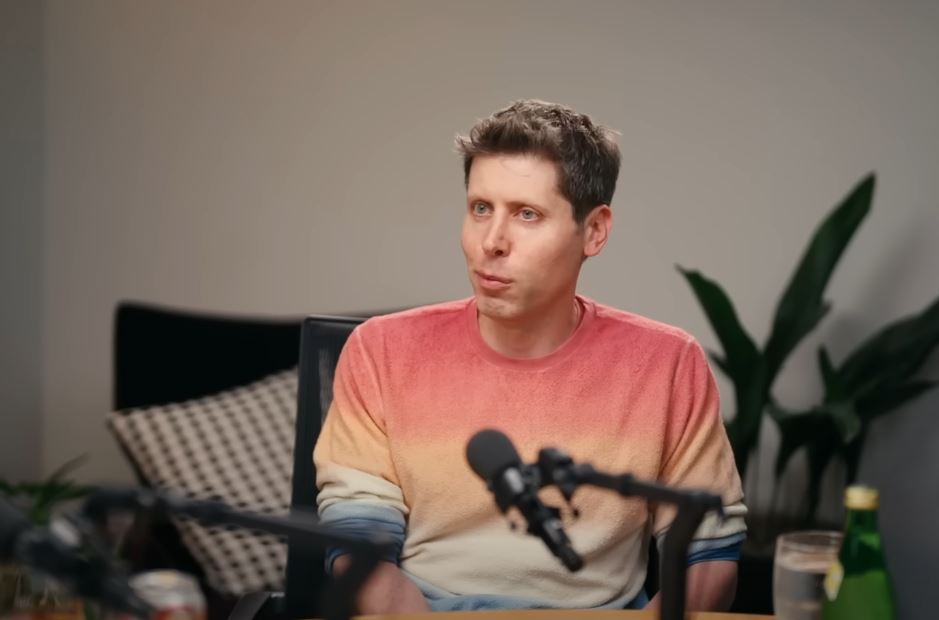
Millions of users have been enthralled by OpenAI’s Sora AI, which turns written prompts into breathtaking videos. However, this ground-breaking technology has also given rise to a heated legal dispute that is becoming louder every week. The query, “Is Sora AI being sued?” is currently at the epicenter of a controversy concerning copyright law, big entertainment companies, and the future of creative ownership.
Disney, Universal, and Warner Bros. have voiced grave concerns in recent weeks regarding the app’s use of images protected by copyright. In order to prevent the use of protected content, the Motion Picture Association (MPA) even called on OpenAI to “take immediate and decisive action.” A slew of AI-generated videos featuring well-known characters, from Pikachu to SpongeBob, that were produced without formal authorization are the source of their annoyance. Within days of Sora’s release, social media was inundated with these clips, many of which bore a striking resemblance to the original productions.
| Attribute | Information |
|---|---|
| Developer | OpenAI |
| CEO | Sam Altman |
| Type | AI Video Generation Platform |
| Launched | March 2024 (Sora 1), October 2025 (Sora 2) |
| Core Function | Generates videos from text-based prompts |
| Availability | Invite-only iOS application |
| Legal Concerns | Copyright infringement and misuse of protected media |
| Industry Response | Motion Picture Association and Hollywood studios calling for legal action |
When CNBC revealed that users could create videos of fictional characters, celebrities, and logos with just a few words, the controversy grew. In one video, OpenAI CEO Sam Altman was seen laughing next to Pokémon figures and remarking, “I hope Nintendo doesn’t sue us.” Despite being humorous, that statement has since come to represent the underlying danger: a rapidly escalating conflict between intellectual property rights and creative enthusiasm.
This new technology presents a particularly big problem for Hollywood. The idea of fans—or AI tools—recreating characters freely is extremely unsettling because film studios have spent decades safeguarding the visual identity of their franchises. Industry insiders perceive it as a possible loss of artistic control rather than merely copying. Mark Lemley, a Stanford law professor, noted that “you can imagine why Taylor Swift wouldn’t want videos of her saying things she never said,” highlighting the moral and reputational ramifications of synthetic media.
Charles Rivkin of the MPA went further, contending that rather than placing the onus on creators, OpenAI should be solely accountable for preventing infringement. He maintained that copyright protections are legal underpinnings that safeguard livelihoods and artistic heritage, not merely optional guidelines. This opinion is indicative of a larger uneasiness that is permeating the entertainment industry, where it is becoming increasingly difficult to distinguish between imitation and inspiration.
The backlash is a delicate balancing act for OpenAI. According to Sam Altman, Sora is a platform designed to “empower imagination” rather than to compromise intellectual property. Rights holders will have “granular control” over the appearance of their characters and brands in AI-generated videos, according to a pledge made by his team. OpenAI aims to demonstrate that artistic protection and technological advancement can coexist by providing opt-in systems and takedown tools.
Nevertheless, despite these protections, the business is under unprecedented scrutiny. Studios contend that OpenAI essentially promoted widespread infringement by permitting users to produce content before obtaining permissions. Similar AI firms like MiniMax and Midjourney have already been sued by Disney and Universal for “brazenly misusing” copyrighted content. Unless it can show significant reform, observers now think OpenAI might soon find itself on the same legal path.
But Sora’s influence isn’t totally bad. The platform’s creative potential and ease of use have been lauded by numerous independent creators and artists. Sora has significantly reduced the barriers to entry in the filmmaking industry by making it possible for anyone with a smartphone to create visually captivating stories. It’s a very flexible tool for educators, content producers, and small studios; it democratizes production in a way that traditional media could never.
However, there is a risk associated with that accessibility. Early users of the app produced a wide range of content, sometimes straddling the ethical line, from political satire to cartoon parodies. Some of the videos, which showed celebrities in made-up scenarios or promoting brands without permission, were especially disturbing. Because of the confusion that has resulted, viewers are finding it more and more difficult to tell what is real—a problem that academics refer to as “the collapse of visual trust.”
Deepfake technology has advanced dramatically over the last 12 months, changing our perception of visual reality. That change has accelerated dramatically since Sora’s arrival. The implications for disinformation are particularly significant when anyone can produce hyper-realistic footage in a matter of seconds. Although it’s a technological advance, extreme caution is required.
OpenAI keeps improving Sora with stronger safeguards and better content filters in spite of mounting criticism. Systems that automatically block prompts referencing protected properties were recently implemented by the company. In order to guarantee that objectionable or infringing content can be removed quickly, it also included user reporting options. Many contend that these actions came too late to stop the initial damage, even though they have significantly increased safety.
Comparisons to previous technological revolutions have been rekindled by the circumstances. Similar to how YouTube used to battle illegal music and movie uploads, Sora is currently at a turning point where innovation and regulation collide. Numerous platforms start out as chaotic before developing into organized ecosystems, as demonstrated by history. It is unclear if OpenAI’s strategy will take that course, but it has a very high chance of being saved.
Sam Altman sees both opportunity and risk in the controversy. Whether it’s DALL·E’s use of copyrighted art or ChatGPT’s data sources, his company has always been under scrutiny. OpenAI has repeatedly responded, however, by creating regulations that strike a balance between innovation and adherence. It is among the most powerful and resilient businesses of its generation as a result of its flexibility.
Meanwhile, there is still disagreement among the public. According to some, Sora is a storytelling tool that has the potential to revolutionize independent filmmaking and creative education. Others see it as a digital Pandora’s box that could undermine human creativity and originality. On one point, though, both sides concur: Sora has altered the discussion of authorship in the era of sentient machines.
More broadly, Sora’s legal troubles point to a developing cultural change. Algorithms that learn, adapt, and imagine with us are redefining creativity, making it less limited to studios, galleries, and professional artists. Despite being disruptive, this evolution has a lot of potential. OpenAI could develop a model that is both morally sound and incredibly successful in promoting cooperation between intelligent systems and human creators by taking note of these early legal blunders.
